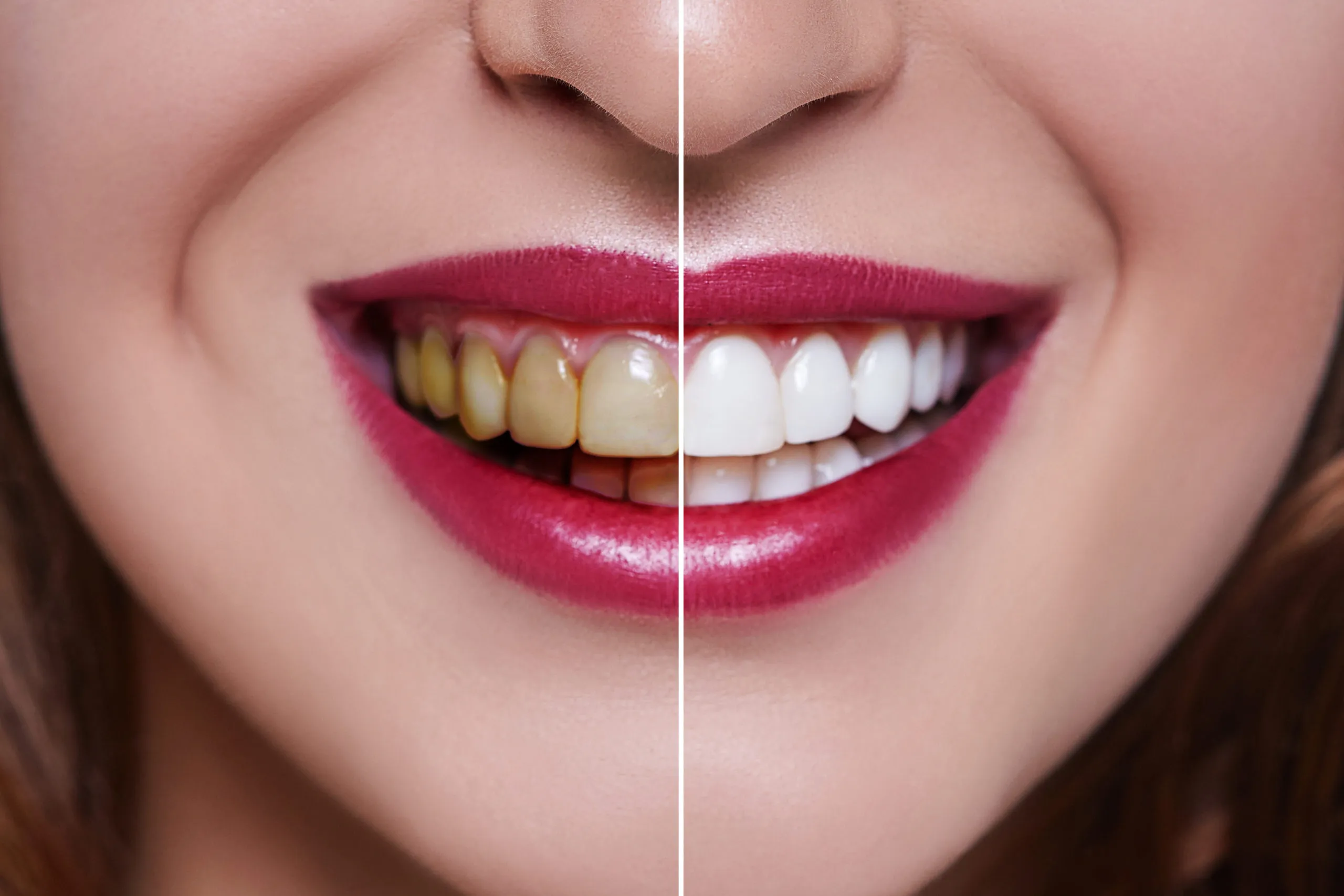Understanding Veneers and Teeth Whitening
The quest for a brighter, more radiant smile often leads individuals to explore various cosmetic dental procedures. Two of the most popular options are teeth whitening and dental veneers. However, a common question arises: Does teeth whitening work on veneers? This comprehensive guide delves into the intricacies of veneers, teeth whitening processes, and the compatibility of these treatments. We will explore what veneers are, how they function, and whether they can be whitened like natural teeth. Understanding these aspects is crucial for anyone considering cosmetic dental treatments to achieve their desired smile.
What are Dental Veneers?
Dental veneers are thin, custom-made shells crafted from tooth-colored materials designed to cover the front surface of teeth. They are essentially a cosmetic overlay, providing a solution for various dental imperfections, including chips, cracks, discoloration, and gaps. Veneers offer a transformative solution, improving the overall appearance of a smile. Veneers are a popular choice for those seeking a quick and effective way to enhance their smiles, as they are relatively easy to apply and offer a long-lasting aesthetic improvement. Veneers are not a permanent solution and typically need to be replaced every 10-15 years.
Types of Veneers
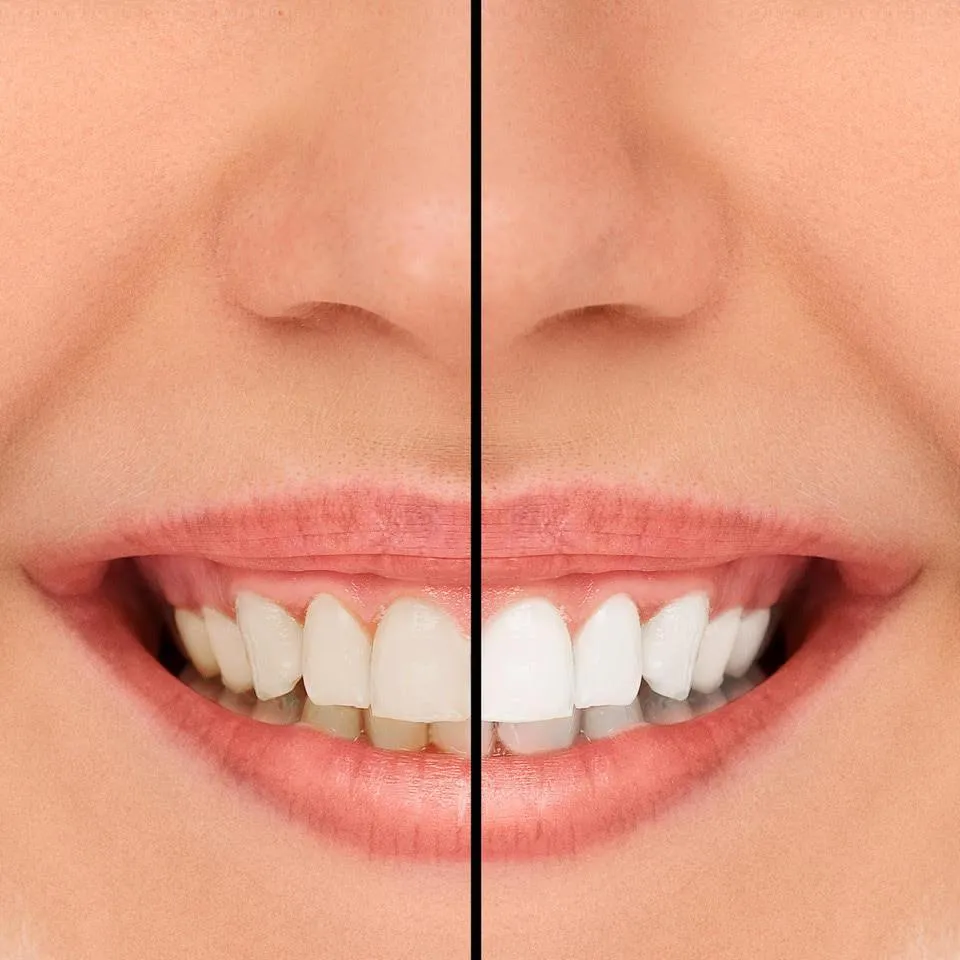
There are primarily two main types of veneers available porcelain and composite. The choice between these materials depends on factors such as aesthetic goals, budget, and the dentist’s recommendations. Each type has its own set of advantages and disadvantages, influencing the longevity and appearance of the final result. Knowing the differences between these materials is crucial when deciding the best course of action for a new or improved smile.
Porcelain Veneers
Porcelain veneers are renowned for their exceptional aesthetic qualities and durability. They are made from high-quality ceramic materials, which closely resemble the natural appearance of tooth enamel. Porcelain veneers are stain-resistant and can withstand wear and tear, offering a long-lasting solution for a perfect smile. The production process involves creating a mold of the patient’s teeth and fabricating veneers in a dental laboratory. This method allows for a high degree of customization, ensuring a natural and attractive look. Porcelain veneers are generally more expensive than composite veneers. However, their longevity and superior aesthetics make them a worthwhile investment for many.
Composite Veneers
Composite veneers, also known as direct veneers, are made from a tooth-colored resin material. They are a more affordable option compared to porcelain veneers, and the application process is generally faster, as the dentist can apply them directly to the teeth in a single visit. Composite veneers may be more prone to staining and wear over time than porcelain veneers. They are best suited for minor cosmetic corrections. Composite veneers offer a practical solution for addressing minor aesthetic issues. They provide a quick, cost-effective way to enhance the smile. However, they may require more frequent maintenance and touch-ups compared to porcelain veneers.
How Teeth Whitening Works
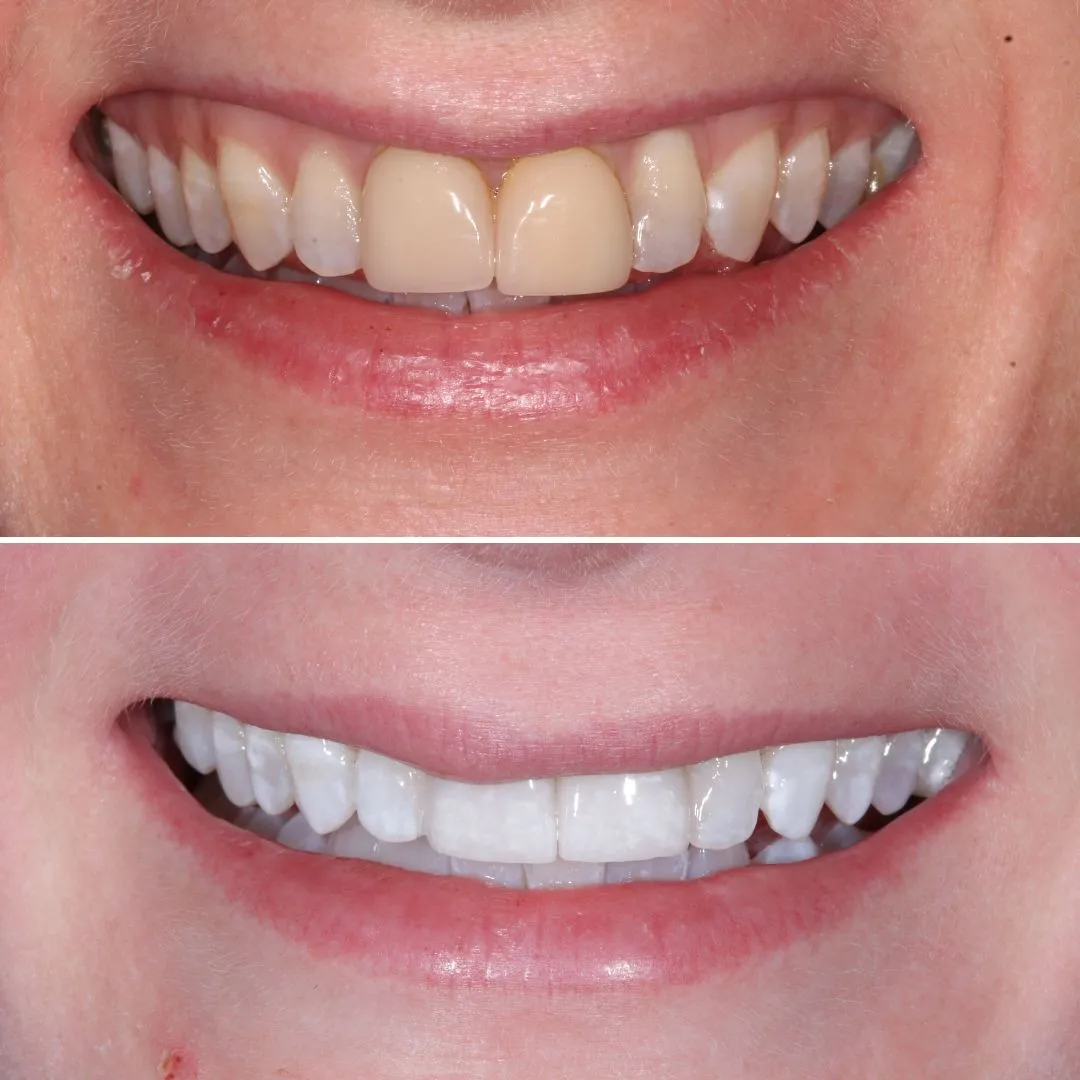
Teeth whitening treatments work by using bleaching agents to remove stains and discoloration from the enamel of natural teeth. The process typically involves the use of hydrogen peroxide or carbamide peroxide, which penetrates the enamel and breaks down the stain molecules. The effectiveness of teeth whitening depends on the type and concentration of the whitening agent, as well as the duration of its application. Professional teeth whitening procedures in a dental office use higher concentrations of bleaching agents to achieve faster and more dramatic results. At-home whitening kits provide a more gradual approach, allowing patients to whiten their teeth at their convenience. Regardless of the method, teeth whitening aims to restore the natural whiteness of the teeth.
The Whitening Process
The teeth whitening process involves applying a bleaching agent to the teeth, either in a dental office or at home. In-office whitening often includes isolating the gums with a protective barrier and using a high-concentration bleaching agent, which is activated by a special light or laser. At-home whitening kits typically use custom-fitted trays that hold a lower-concentration bleaching agent against the teeth for a specified period. The duration of the whitening treatment varies depending on the method and the desired outcome. Multiple sessions may be necessary for optimal results. Following the instructions provided by the dentist or manufacturer is crucial to ensure the safety and effectiveness of the whitening process. Regular maintenance, such as periodic touch-up treatments, can help sustain the results.
Active Ingredients
The primary active ingredients in teeth whitening products are hydrogen peroxide and carbamide peroxide. These chemicals act as bleaching agents, breaking down the stain molecules within the tooth enamel. Hydrogen peroxide is a stronger, more potent bleaching agent often used in professional whitening treatments. Carbamide peroxide breaks down into hydrogen peroxide, making it a common ingredient in at-home whitening kits. The concentration of the active ingredient determines the whitening strength and the time required to achieve the desired results. Professional treatments use higher concentrations, leading to quicker results. At-home kits offer lower concentrations for safer, gradual whitening.
Can Teeth Whitening Affect Veneers?
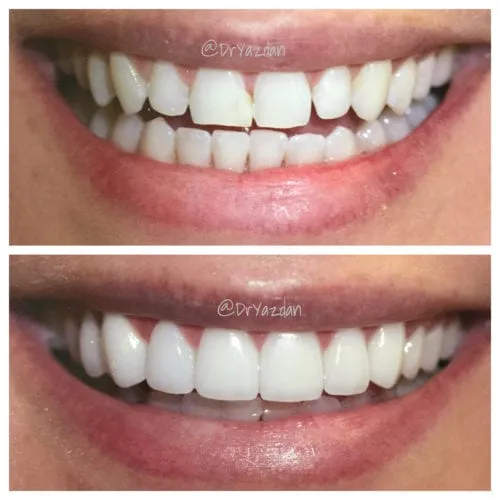
The short answer is: No, teeth whitening does not whiten veneers. The materials used in veneers (porcelain or composite resin) do not react to the bleaching agents in the same way as natural tooth enamel. This is because veneers are designed to be stain-resistant, and their composition differs significantly from that of natural teeth. Therefore, the whitening process will only affect the natural teeth, leaving the veneers unchanged. As a result, if you have veneers and desire a brighter smile, teeth whitening alone won’t be enough. You may need to consider replacing your veneers or exploring other cosmetic options.
Why Veneers Don’t Whiten
Material Composition
Veneers are made from materials like porcelain and composite resin, which have a different composition compared to natural tooth enamel. Porcelain is a ceramic material that is non-porous and resistant to stains. Composite resin, while more prone to staining than porcelain, does not react to whitening agents in the same way as the porous structure of natural enamel. Whitening products work by penetrating and reacting with the porous structure of the enamel, breaking down stain molecules. Veneers, due to their dense and non-porous nature, do not allow the whitening agents to penetrate and cause a color change.
Stain Resistance
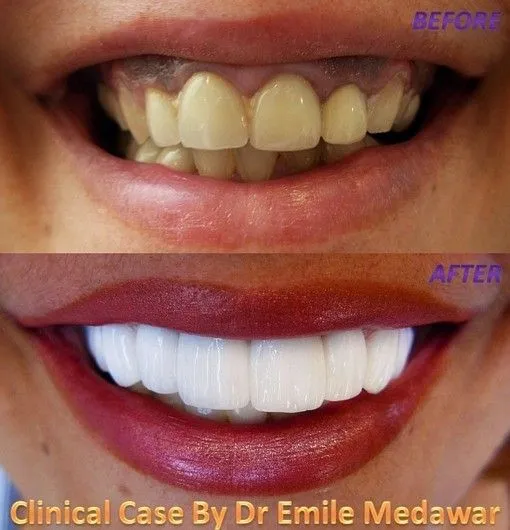
Both porcelain and composite veneers are designed to be stain-resistant. Porcelain veneers, in particular, are highly resistant to staining from coffee, tea, red wine, and other common culprits. While composite veneers may stain over time, the staining primarily affects the surface and does not allow for effective whitening with traditional methods. The stain resistance of veneers ensures that they maintain their color and appearance for a longer duration. The goal of veneer manufacturing is to provide patients with a long-lasting, beautiful smile.
Whitening Products and Veneers
Understanding how whitening products interact with veneers is crucial for managing expectations and planning cosmetic treatments. Whitening products will not alter the color of veneers; therefore, using them on teeth with veneers won’t result in a uniform, brighter smile. It will whiten the natural teeth, and in many cases, the veneers will appear darker in comparison. If the goal is to achieve an overall brighter smile, other options such as veneer replacement or different cosmetic approaches must be discussed with a dental professional.
Professional Whitening
Professional teeth whitening in a dental office involves the application of high-concentration bleaching agents, often activated by special lights or lasers. While this method is highly effective for natural teeth, it will not change the color of veneers. Patients with veneers considering professional whitening should discuss this with their dentist to ensure realistic expectations. The dentist can evaluate the current state of the veneers and recommend the most appropriate course of action. Sometimes, veneer replacement might be recommended to match the newly whitened natural teeth. Regular check-ups with your dentist are important.
At-Home Whitening Kits
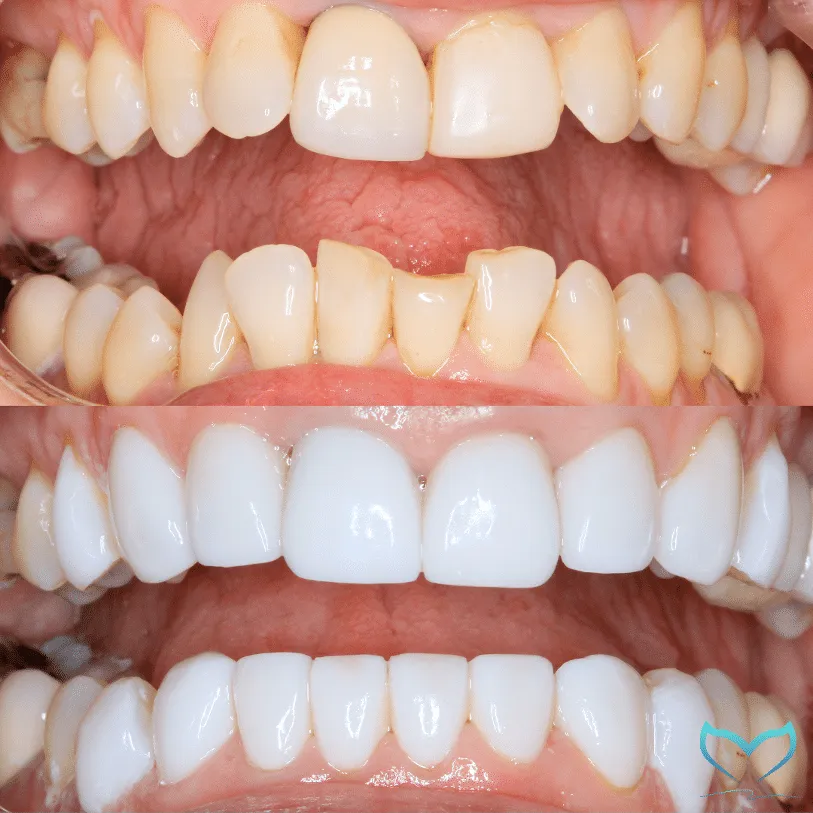
At-home whitening kits contain lower concentrations of bleaching agents than professional treatments, offering a convenient way to whiten teeth at home. While these kits are effective for natural teeth, they will not whiten veneers. If you have veneers and use at-home whitening kits, only your natural teeth will become whiter. The veneers will remain the same color. The best approach is to consult your dentist before beginning any whitening treatments. They can provide guidance and recommendations based on your specific dental situation, including the presence of veneers.
Alternatives to Whitening Veneers
Since teeth whitening does not work on veneers, individuals with veneers seeking a brighter smile have a few alternative options to consider. These options focus on replacing or maintaining the veneers to achieve a consistent aesthetic result. Consulting with a dentist is crucial to determine the most suitable option based on the individual’s oral health, aesthetic goals, and budget. A comprehensive discussion will cover the pros and cons of each option. This ensures the patient can make an informed decision.
Replacing Veneers
The most direct solution to achieve a brighter smile with veneers is to replace the existing veneers. Replacing veneers with new ones can match the shade of your newly whitened natural teeth. This ensures a uniform, brighter appearance across the entire smile. This process involves removing the old veneers and creating new ones to match the desired shade. Depending on the type of veneers used and the patient’s needs, the dentist might recommend porcelain or composite veneers. Replacing veneers allows for complete control over the final shade, providing a consistently brighter smile.
Veneer Polishing
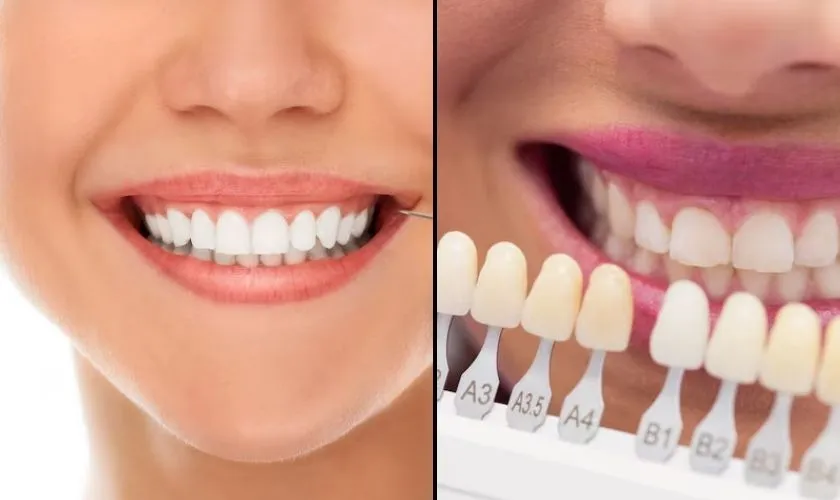
Veneer polishing is a maintenance procedure that can help remove surface stains and restore the original luster of the veneers. This is not a whitening procedure but a surface treatment to clean and maintain the veneers’ appearance. Polishing veneers is suitable for composite veneers, which can accumulate surface stains over time. Regular polishing can improve the veneer’s overall appearance and extend its lifespan. However, it is important to note that polishing will not change the inherent shade of the veneer. Therefore, it does not provide a solution for veneers that appear too dark compared to the surrounding teeth.
Veneer Maintenance and Care
Proper maintenance and care are crucial for ensuring the longevity and appearance of veneers. Regular dental checkups and diligent oral hygiene practices are essential for keeping the veneers in excellent condition. Additionally, avoiding habits that can damage or stain veneers is vital. Following these guidelines helps maintain a beautiful, long-lasting smile.
Maintaining Veneer Color
To maintain the color of veneers, it is important to avoid habits that can lead to staining. Limiting the consumption of staining foods and beverages, such as coffee, tea, red wine, and berries, can help prevent discoloration. Brushing and flossing regularly remove surface stains. Avoiding smoking and other tobacco products is also vital. These habits can cause staining and damage the veneers over time. Regular dental checkups ensure that the dentist can identify and address any potential issues. Proactive measures help preserve the appearance and integrity of your veneers.
Oral Hygiene
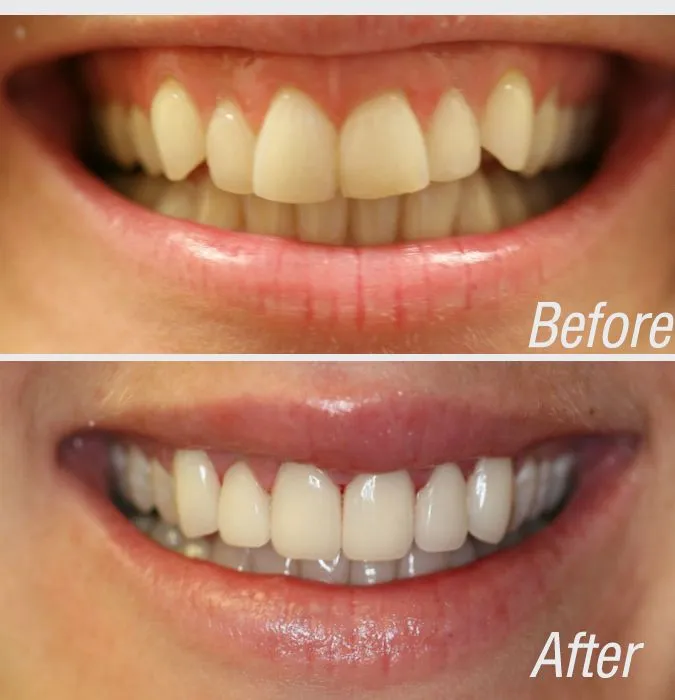
Practicing good oral hygiene is crucial for maintaining the health and appearance of both natural teeth and veneers. Brush your teeth at least twice a day for two minutes each time. Use a soft-bristled toothbrush and fluoride toothpaste. Floss daily to remove plaque and food particles from between teeth and along the gumline. Consider using an antibacterial mouthwash to kill bacteria and reduce the risk of gum disease. Regular oral hygiene protects the veneers and keeps the surrounding teeth and gums healthy. This proactive approach ensures a beautiful smile and enhances overall oral health.
Regular Dental Checkups
Regular dental checkups are essential for maintaining the health and appearance of your veneers. During these checkups, your dentist will examine your veneers, natural teeth, and gums to ensure everything is in good condition. They can identify any potential problems early on, such as chips, cracks, or signs of gum disease. Professional cleanings remove plaque and tartar build-up. Your dentist can also provide advice on maintaining your veneers and address any concerns. Routine checkups and cleanings are a proactive step in preserving your smile and overall oral health.
In conclusion, while teeth whitening is an effective way to brighten natural teeth, it does not work on veneers. Veneers are made of materials that are resistant to the bleaching agents used in teeth whitening treatments. If you have veneers and desire a brighter smile, other options such as veneer replacement or polishing should be considered. Maintaining a healthy oral hygiene routine, attending regular dental checkups, and avoiding habits that can damage or stain veneers are key to ensuring the longevity and beauty of your smile. Always consult with your dentist to determine the best course of action for achieving the smile you desire.
